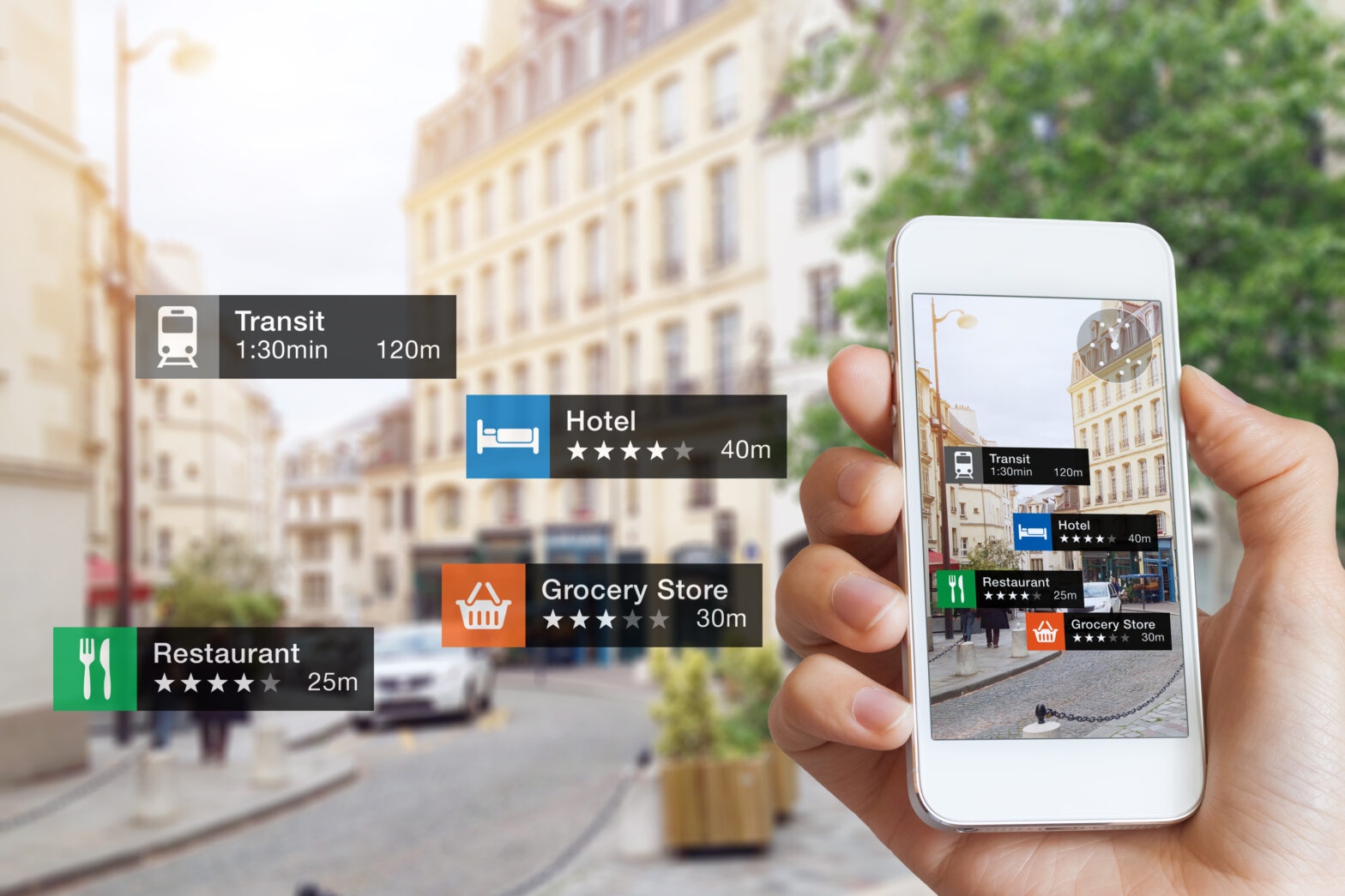A brief look at augmented reality in beauty and fashion
Over the past few years, augmented reality (AR) has become more mainstream than ever before. From games such as Pokémon Go to Amazon’s AR view, there is a growing trend around being able to virtually ‘try before you buy’.
With recent news that Target, the American discount retailer, has rolled out a new way to shop using augmented reality technology, initially on its mobile website, being able to change between outfits and makeup products is now becoming a reality.
The development of AR in products and apps is revolutionising the way we shop by helping consumers ‘try on’ various outfits and products.
>See also: AR in the industrial environment: the benefits and challenges
In theory it will be possible to enter any shop in the world, browse and try on clothing and products to see how it looks. It will also allow the notion of online shopping to take on a whole new meaning. Even shops that are exclusively online will be able to allow customers to ‘try on’ clothes and make informed decisions.
How AR is revolutionising the way people shop
Shoppers are now able to virtually try on clothing and even make-up to ensure what they are getting is right for them, saving them wasting time, money and effort returning products they don’t like or even letting them sit idle.
Augmented reality is becoming increasingly popular and beginning to hit the mainstream. We are seeing more and more high street companies and big-name brands, such as IKEA, opting to enhance consumers’ experiences through AR – the technology is on the cusp of becoming a standard method of shopping.
Recent years have seen an explosion of YouTube and online tutorials – AR is the next logical step, showing in real-time how items will look in your home, how clothes will look on your body and how make-up will look on your face.
The advantages of AR for the consumer and retailer
1. Less waste
There are three main advantages to being able to try before you buy. The first is a reduction in waste. This goes for time, effort and resources. Being able to order an item of clothing knowing that the size you have ordered is indeed correct will lower the number of items being sent back and thus lower emissions and the amount of time wasted. This eliminates the need for replacements being ordered or people feeling the need to order duplicates.
>See also: The value of AR to the enterprise
Equally with make-up, UK consumers are throwing away tonnes of unused make-up having ordered it online, or even buying in store without trying on, and it inevitably not being the colour or texture it appeared to be. Being able to virtually model the make-up through AR, people can make an informed decision.
2. Integrated ordering system
AR systems are increasingly becoming used as part of an integrated retail journey. With many of these AR products, such as the HiMirror Plus+ and the Converse Shoe Sampler being linked to the internet, it is possible to preview the product through AR and then order it to be delivered through the same user interface. This streamlines the process as well as making it more efficient for those that are time poor.
Finally, the increased use of AR in fashion and beauty will allowed retailers to collect greater amounts of big data about the products individuals purchase and therefore can tailor advertising to an even greater extent than they already do.
Being able to tell what products consumers have looked at, which sizes they have tried on and how long they tried it on for, collect a large amount of data about consumer habits, will then allow business to better suggest other products.
3. Increase sales
The ability to try on clothes and accessories will help to better convince the consumer what they are buying is right for them and will reduce indecision. This will invariably lead to people make more informed purchases and ultimately more likely to purchase.
>See also: VR and AR device market ready to soar
Being able to offer more cautious online shoppers the opportunity to try on a myriad of clothing options whilst not having to leave the house will make it easier than ever before to convince consumers to make the purchase.
Smaller retailers will be the greatest beneficiaries of the AR revolution. Being able to drive sales through online AR will help these small retailers exhibit their clothing in a similar way to that of larger brands, thus democratising the clothing and make-up market by helping people try on a multitude of clothes and make-up products from a huge number of retailers.
4. Invites smaller retailers to go exclusively online
One of the great advantages – rather, one of the only advantages – that physical shops have over online stores is the ability for customers to try on clothes in a number of sizes to find the correct one. For many smaller retailers, the costs associated with owning a shop are very high and are likely to be their single biggest expense.
Being able to remove this, a retailer can save a huge amount of money by having an online changing room which also acts as an online warehouse where all sizes are stored so that whatever size a consumer would like to try on and ultimately buy is available. Conversely, in a physical store, not all sizes are always available.
>See also: Augmented reality: a look at its potential in financial services
The progression seen in the fashion and beauty industry is that both consumers and retailers are looking towards AR as a way to enhance the shopping experience and drive sales. The innovations that we are seeing in AR lend themselves to shopping.
There are undoubtedly more developments needed before consumers see these AR enabled devices in every shop and home.
However, with the advancements that there have been in recent years, such as the Amazon AR view, there is undoubtedly a shift towards the future of shopping. A future in which people are able to imagine the world around them and then go out and make that image a reality.
Sourced by Cin-Yee Ho, head of Marketing & PR Europe at HiMirror







